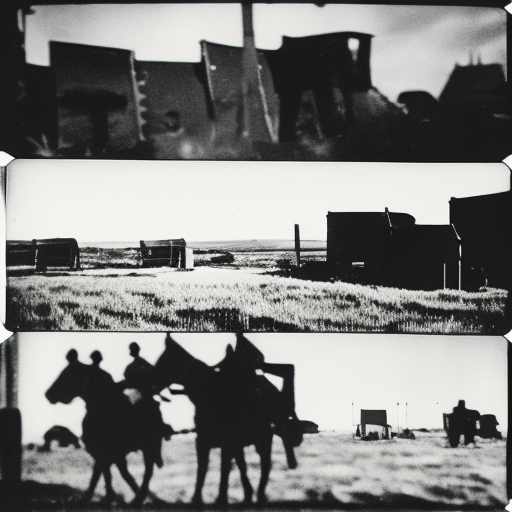Summary: Irish Free State Offensive
The Irish Free State offensive, also known as the Irish Civil War, was a conflict that took place in Ireland from June 1922 to May 1923. It was fought between the forces of the newly established Irish Free State and the anti-treaty Irish Republican Army (IRA). The offensive was a pivotal moment in Irish history, as it marked the end of the Irish War of Independence and the beginning of a bitter internal conflict.
Background
The Irish War of Independence, which began in 1919, had resulted in a truce between the British government and the Irish Republican Army (IRA) in July 1921. This truce led to negotiations and the signing of the Anglo-Irish Treaty in December 1921. The treaty established the Irish Free State as a self-governing dominion within the British Empire, but it also created divisions among Irish nationalists.
Divisions and the Anti-Treaty IRA
The signing of the treaty caused a split within the IRA. Those who supported the treaty, led by Michael Collins, formed the pro-treaty forces and became the nucleus of the new Irish Free State Army. However, a significant faction of the IRA, led by Éamon de Valera, opposed the treaty and refused to accept the partition of Ireland and the oath of allegiance to the British Crown. This faction became known as the anti-treaty IRA.
The Start of the Offensive
The Irish Free State offensive began on June 28, 1922, when the Free State forces launched an attack on the Four Courts building in Dublin, which was occupied by anti-treaty IRA members. The Free State government saw the occupation of the Four Courts as a direct challenge to its authority and decided to take military action to regain control.
The Battle for Dublin
The battle for Dublin lasted for a week and resulted in the destruction of the Four Courts building. The Free State forces, with their superior numbers and artillery, eventually overwhelmed the anti-treaty IRA fighters. This victory in Dublin gave the Free State government a significant advantage in the conflict.
Spread of the Conflict
Following the capture of the Four Courts, the conflict quickly spread throughout the country. The anti-treaty IRA launched a guerrilla campaign against the Free State forces, targeting government installations, infrastructure, and pro-treaty politicians. The conflict became particularly intense in rural areas, where the anti-treaty IRA had strong support.
Foreign Intervention
The Irish Free State offensive also saw the involvement of external powers. The British government, concerned about the escalating violence and the potential impact on its own interests, provided military support to the Free State forces. This support included the provision of weapons, ammunition, and military advisors.
End of the Offensive
The Irish Free State offensive lasted for almost a year, with both sides inflicting heavy casualties on each other. However, by May 1923, the anti-treaty IRA was severely weakened, and its leadership decided to call off the campaign. The conflict officially ended on May 24, 1923, when the anti-treaty IRA announced a ceasefire.
Legacy
The Irish Free State offensive had a profound impact on Irish society and politics. It solidified the division between pro-treaty and anti-treaty factions, which would continue to shape Irish politics for decades to come. The conflict also left a deep scar on Irish society, with families and communities torn apart by the violence. The wounds of the civil war would take a long time to heal.
In conclusion, the Irish Free State offensive was a significant event in Irish history, marking the end of the Irish War of Independence and the beginning of a bitter internal conflict. The offensive, fought between the forces of the Irish Free State and the anti-treaty IRA, resulted in the victory of the Free State forces and the establishment of the Irish Free State as a self-governing dominion. However, the conflict left a lasting impact on Irish society and politics, with divisions and scars that would take years to heal.












